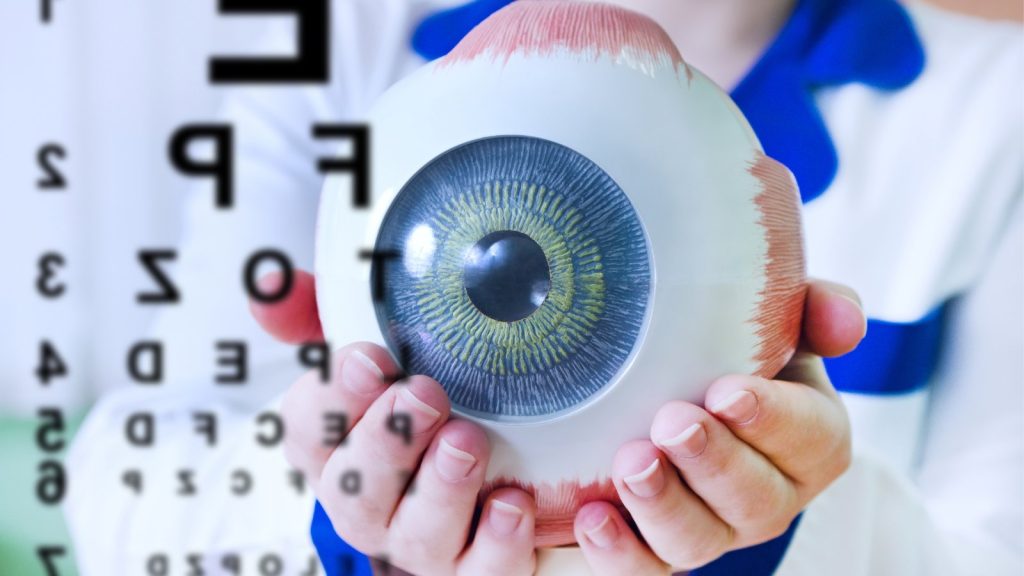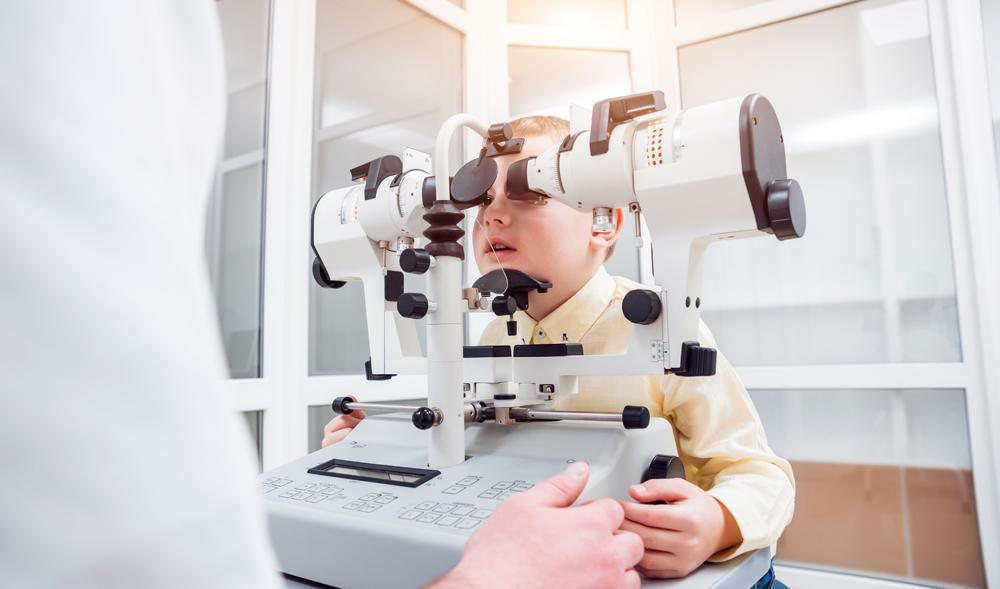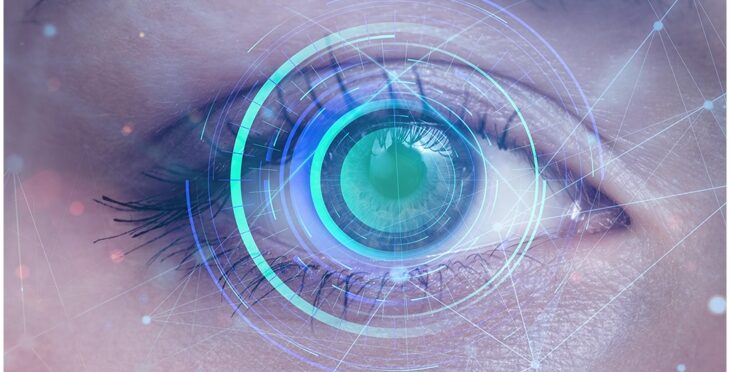Professional Glaucoma Service Near Me: Advanced Therapy Options
Professional Glaucoma Service Near Me: Advanced Therapy Options
Blog Article
The Duty of Advanced Diagnostic Tools in Identifying Eye Disorders
In the world of ophthalmology, the application of sophisticated diagnostic tools has actually reinvented the very early recognition and monitoring of various eye problems. From detecting subtle modifications in the optic nerve to keeping an eye on the progression of retinal diseases, these technologies play a critical role in improving the precision and performance of detecting eye problems. As the need for exact and timely diagnoses remains to expand, the combination of sophisticated devices like optical coherence tomography and visual area screening has become indispensable in the world of eye care. The intricate interaction in between technology and ophthalmic methods not only sheds light on complex pathologies yet likewise opens up doors to tailored therapy approaches.
Relevance of Early Diagnosis
Very early medical diagnosis plays an essential function in the reliable monitoring and treatment of eye disorders. By finding eye problems at an early phase, medical care companies can provide suitable therapy plans customized to the details problem, eventually leading to much better end results for clients.

Technology for Spotting Glaucoma
Cutting-edge analysis innovations play a critical function in the early detection and tracking of glaucoma, a leading source of irreparable loss of sight worldwide. One such technology is optical coherence tomography (OCT), which provides detailed cross-sectional images of the retina, enabling the measurement of retinal nerve fiber layer thickness. This dimension is necessary in evaluating damage brought on by glaucoma. Another advanced device is visual area testing, which maps the level of sensitivity of a client's aesthetic area, helping to discover any kind of locations of vision loss feature of glaucoma. Furthermore, tonometry is made use of to determine intraocular stress, a major danger aspect for glaucoma. This test is important as raised intraocular pressure can bring about optic nerve damages. More recent modern technologies like the usage of synthetic knowledge algorithms in analyzing imaging data are revealing encouraging outcomes in the very early discovery of glaucoma. These advanced analysis devices make it possible for eye doctors to identify glaucoma in its onset, allowing for hop over to these guys timely treatment and far better management of the illness to avoid vision loss.
Role of Optical Comprehensibility Tomography

OCT's capability to quantify retinal nerve fiber layer thickness permits exact and unbiased dimensions, assisting in the very early discovery of glaucoma even prior to visual field flaws emerge. Moreover, OCT modern technology permits longitudinal surveillance of structural changes gradually, helping with personalized treatment plans and prompt treatments to assist maintain clients' vision. The non-invasive nature of OCT imaging additionally makes it a recommended choice for keeping an eye on glaucoma development, as it can be repeated frequently without triggering pain to the individual. On the whole, OCT plays a vital function in enhancing the diagnostic precision and administration of glaucoma, eventually contributing to far better results for individuals in jeopardy of vision loss.
Enhancing Diagnosis With Visual Field Testing
A crucial component in thorough ocular evaluations, visual area screening plays a crucial function in boosting the diagnostic procedure for various eye problems. By evaluating the full level of a client's visual area, this test provides essential information regarding the practical stability of the whole visual path, from the retina to the visual cortex.
Visual area screening is specifically important in the diagnosis and management of conditions such as glaucoma, optic nerve dig this disorders, and various neurological illness that can impact vision. Via measurable dimensions of peripheral and central vision, medical professionals can find refined adjustments that might show the presence or progression of these disorders, even prior to recognizable signs and symptoms happen.
Additionally, visual area testing permits for the monitoring of treatment efficiency, assisting ophthalmologists customize therapeutic treatments to individual patients. eyecare near me. By tracking adjustments in visual field efficiency in time, doctor can make informed choices regarding changing drugs, recommending medical interventions, or implementing other ideal steps to protect or boost a person's aesthetic function
Taking Care Of Macular Degeneration

Conclusion
Finally, progressed analysis tools play an important function in recognizing eye problems early on. Technologies such as Optical Comprehensibility Tomography and visual field screening have actually substantially boosted the precision and efficiency of identifying conditions like glaucoma and macular deterioration. Early discovery enables for prompt treatment and monitoring of these disorders, ultimately resulting in better end results for patients. It is imperative for health care experts to stay upgraded on these advancements to supply the very best possible take care of their individuals. eyecare near me.
Report this page